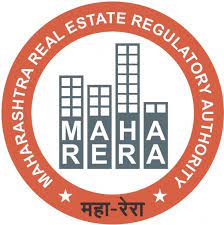Development plan (2021-41): Pune aspires to be India’s top city

The draft development plan PMRDA has released proposes to develop city sustainably over 20 years, marrying liveability with economic growth The draft plan provides for 26 town planning schemes, 10 metro rail routes, two ring roads (123 km and 173 km), 59 public housing projects, 152.19-km Pune-Nashik semi high-speed rail, 89.65-km crescent railway, 12 logistics hubs, and nine truck terminals, among other things. The Pune Metropolitan Region (PMR) is getting ready for a major upgrade. If the proposed Rs 73,000-crore draft development plan (DP) for PMR gets approved and implemented, it could make a significant impact on the way its residents live and work. The draft DP the Pune Metropolitan Region Development Authority (PMRDA) has released is intended to guide the development of PMR over the next 20 years, with the goal of making it India’s most liveable habitat and a premium international investment destination. Suhas Diwase, metropolitan commissioner and CEO, PMRDA, says the draft plan





